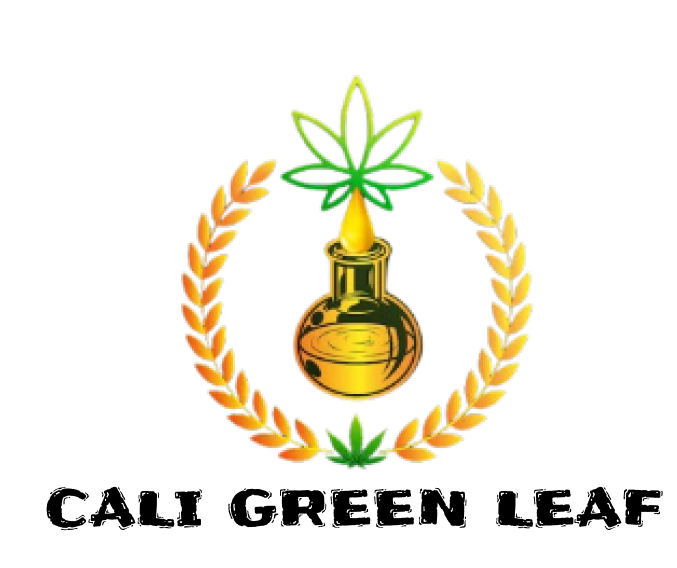Psychedelics are generally not addictive. However, at least one psychedelic, lysergic acid diethylamide (LSD), can cause tolerance. Tolerance means that a person may need to take higher dosages to achieve the same effect.
The National Institute on Drug Abuse (NIDA) notes that increasing the dosage can be an “extremely dangerous practice.” The reason for this is that more side effects and risks are associated with higher dosages.
Psychedelics have certain effects, such as mystical experiences, that make them attractive for recreational use. Limited researchTrusted Source suggests that they may also have medical uses, such as reducing depression and anxiety, as well as promoting abstinence from smoking and alcohol.
Keep reading to learn more about the recreational and medical use of psychedelics, including the side effects and risks of these drugs.
Some serotonergic hallucinogens are present in nature, including psilocybin, a compound in mushrooms of the genus Psilocybe, or N,N-dimethyltryptamine, a compound in the botanical beverage ayahuasca. They can also be synthetic, such as the recreational drug LSD.
The effects that psychedelics produce are dependent on various factors, such as dosage and the personality of an individual. However, they include the following:
- hallucinations, mainly visual
- blissful mood or euphoria
- changes in cognition, or thinking, such as:
- mystical experiences
- self-consciousness
- altered time passage
- introspection
Psychedelics have both recreational and medical uses:
Recreational uses
In addition to producing visual hallucinations, euphoria, and mystical experiences, psychedelics have other effects that underlie their recreational use. According to one clinical trial, these include derealization, which is when a person feels detached from their surroundings, and depersonalization, which is when they feel detached from their body or mind.

